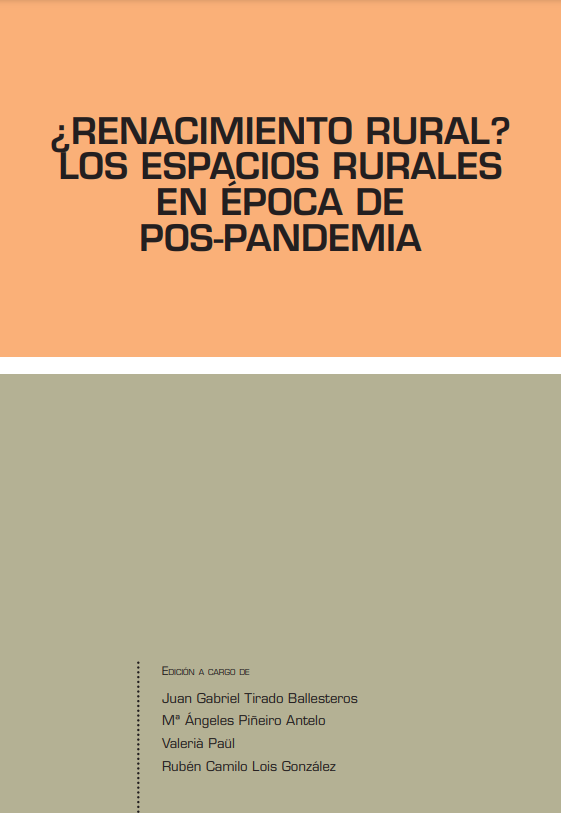The objectives agreed for the EU’s energy transition have forced member states with insufficient renewable energy (RE) production to develop policies to boost them as a matter of urgency. Thus, the National Integrated Energy and Climate Plan 2021-2030 aims for a 23 % reduction in greenhouse gas emissions compared to 1990, and a large increase in the installation of renewable energy plants is foreseen. It follows that many rural landscapes will be profoundly transformed. The social sciences have shown that social acceptance is one of the major obstacles to the deployment of renewable energy plants (RES) and, therefore, to the decarbonization process. At the same time, the potential for rural development that RES could entail is especially relevant considering the scope of the aging and depopulation processes affecting large rural areas in Spain. With the aim of assessing the potential effects of the installation of PERs, 11 case studies were taken from three rural areas in Andalusia, Catalonia and Murcia and the Local Economic Activities (LEAs) directly affected by the presence of the plants were identified, either by geographical proximity and/or by economic relationship with these plants. The results are analyzed in coherence with the Sustainable Development Goals (UN, 2019).
This website uses cookies so that we can provide you with the best user experience possible. Cookie information is stored in your browser and performs functions such as recognising you when you return to our website and helping our team to understand which sections of the website you find most interesting and useful.


